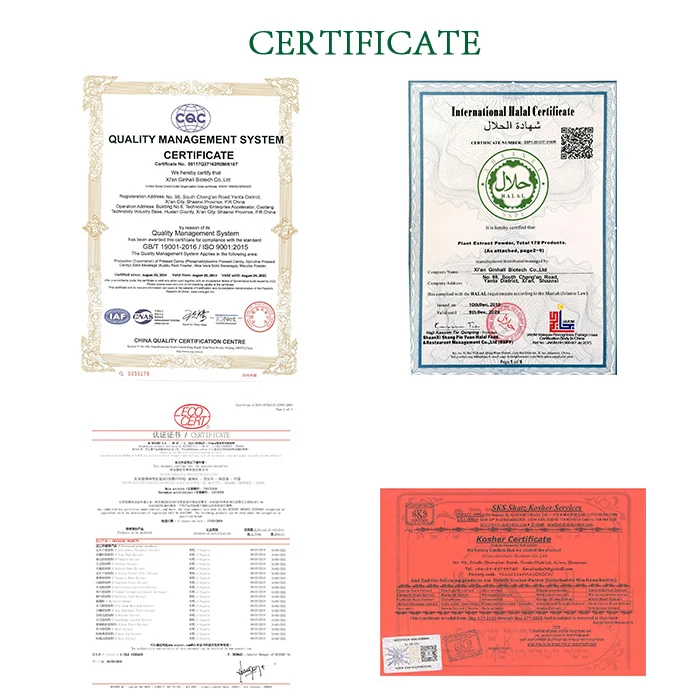
Product Introduction
Rose hips are usually orange to red in color. They are round in shape. In some species dark purple and even blackfruits are found. The red ones of them look like small tomatoes. The wild grown rose hip fruits contain more vitamins than the cultivated ones.
Rose hips are mainly found in parts of Asia, Europe, and Africa. Nowadays rose hips are cultivated almost all over the globe, creating the suitable conditions for its cultivation.
Rose hips contain vitamin C in a large amount, 40% more than oranges also. Rose hips also contain vitamin B-complexin high quantity, and even vitamin A and C, calcium, and iron. Researches found hints of potassium, silicon, sulfur, and magnesium in rose hip fruits.

| Product Name | Rose hip extract | Appearance | Brown |
| Botanical Source | Rosa L. species | Test Method | UV |
| Specification | 20% | Mesh | 95% pass 80 mesh |
| Application | Health Care | Shelf Life | 2 Years |
Function of Rose hip extract
Fructus Rosae Extract Anti-oxidation, preventing skin aging and protecting the brain and nerve tissue from oxidation.
Fructus Rosae Extract Strengthen the spleen and helping digestion.
Fructus Rosae Extract Improve blood circulation, boosts metabolism, and monitors the menstrual cycle.
Fructus Rosae Extract Treatment of patients suffering from knee or hip osteoarthritis.
Fructus Rosae Extract Protect against cancer.
Fructus Rosae Extract Protect against cardiovascular disease (CVD).
Fructus Rosae Extract Treatment of influenza-like infections, diarrhea
Fructus Rosae Extract Diuretic and laxative and treatment of various urinary tract disorders
Application of Rose hip extract
1. Applied on pharmaceutical field.
2. Applied on food field and health care products.








A:Please send our inquiry to get more details.If you both make an agreement,we will make an invoice for you,just do as instructions.
Q2:Is there any discount?
A:Sure,price are closely related to the quality.Buy more save more.
Q3:How about delivery lead-time?
A:Delivery lead time :about 3-5 days after payment confirm.(Chinese holiday not included)
Q4:How long time cost with shipping?
A:3-5 days shipping time deliver to your door.
Q5:How do you avoid customs issues?
A:We have rich experience deal with customs,hundreds of parcels every moth we deliver,detailed documents and certificates will be provided to customs when goods arrive to local port.

We have more categories for you. lf you can't find the products you want above,just fill in the form and tell us whatproducts you want to import from China.


















